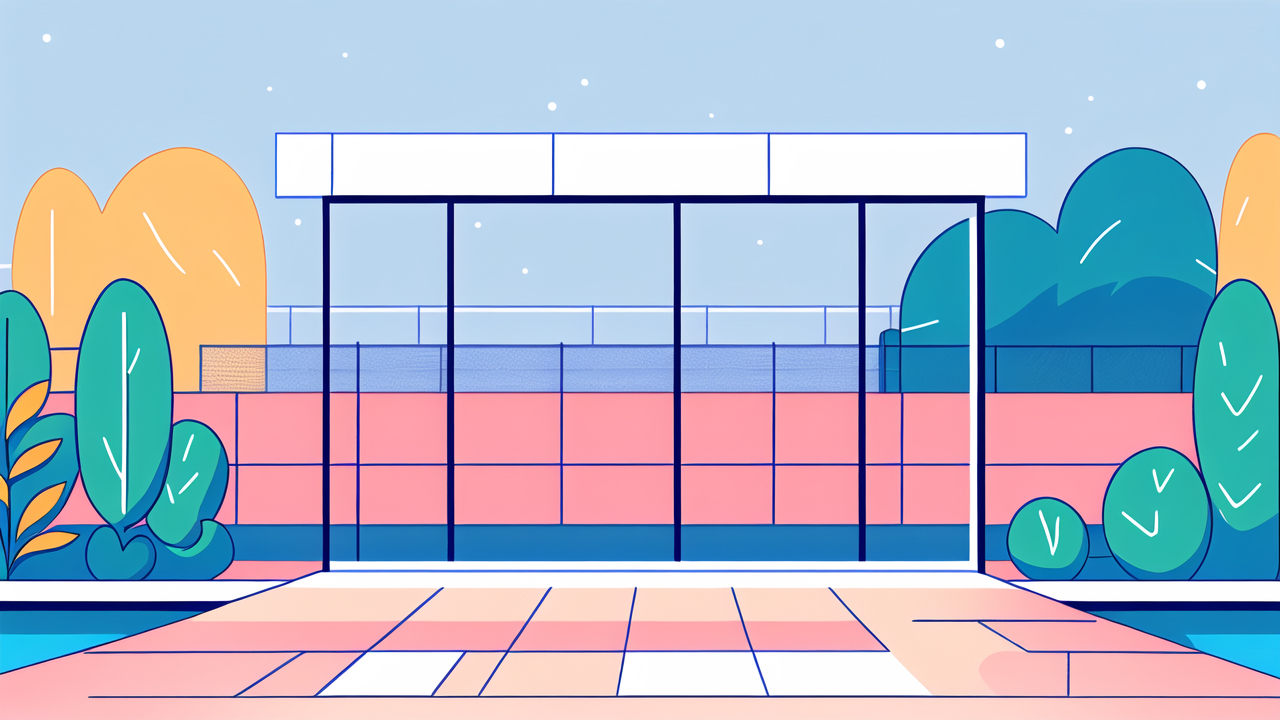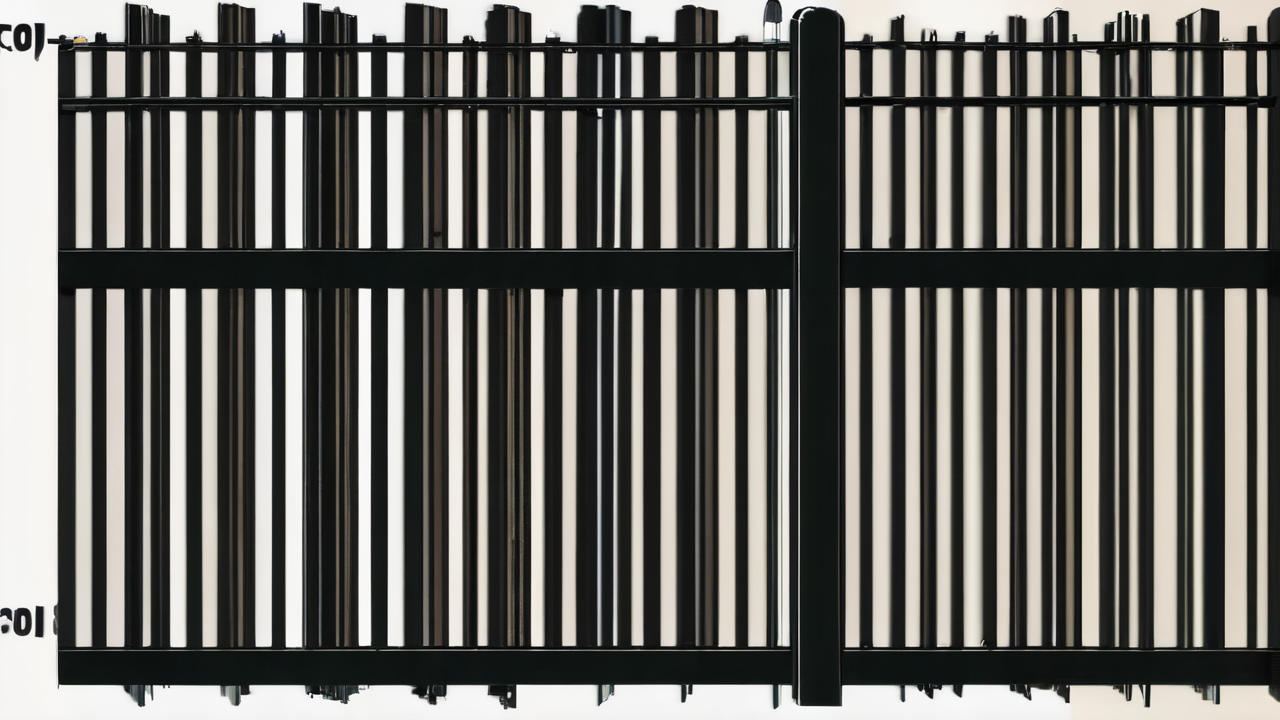Understanding the Importance of Pool Fence Lattices
Enhancing Aesthetics and Functionality
Pool fence lattices are more than just safety features. They add beauty and style to your pool area. A well-designed lattice can turn a plain fence into a stunning focal point. It creates privacy without blocking the view completely. Lattices also serve practical purposes. They can support climbing plants, adding natural beauty. Some designs offer extra shade on sunny days. When choosing a lattice, think about both looks and function. The right design can make your pool area feel like a luxury resort.

Meeting Safety Standards in the United States
Safety is a top priority for pool fences in the US. Most areas have strict rules. Fences usually need to be at least 4 feet tall. They should have no gaps wider than 4 inches. This keeps children from squeezing through. Lattice tops can help meet these rules while looking good. They can make a fence taller without being bulky. Some lattice designs also make climbing harder. Always check your local laws before installing a new fence or lattice. Make sure your pool area is both safe and stylish.
Longevity and Maintenance Considerations
When picking a pool fence lattice, think about how long it will last. Some materials work better in wet areas than others. Wood looks nice but can rot over time. Metal options like aluminum last longer. They don't rust and need less care. Vinyl is another easy-care choice. It doesn't fade or warp easily. Think about how much time you want to spend on upkeep. Choose a material that fits your lifestyle. With good care, a quality lattice can last for many years. This makes it a smart choice for your pool area.
Selecting the Right Fence Lattice Top for Your Pool
Assessing Material and Durability
Choosing the right material for your lattice is important. Each option has good and bad points. Wood looks classic but needs lots of care. It can warp or rot if not treated well. Metal lattices, like aluminum, are very strong. They stand up to weather and last a long time. Vinyl is popular because it's tough and easy to care for. It doesn't rust, rot, or need painting. Some newer materials mix good looks with toughness. Composite lattices look like wood but last longer. Think about your climate and how much care you can give when choosing.

Compatibility with Different Types of Pools
Your lattice should match your pool type. In-ground pools offer more options. You can use taller, fancier lattices. Above-ground pools often need simpler designs. These should be easy to put up and take down. For hot tubs, privacy might be your main concern. Dense lattice patterns work well for this. With glass pool fences, lattice tops can add height and style. But they shouldn't block the view. Pick a design that goes well with your pool. The right lattice can make your whole pool area look better.
Customization Options to Complement Your Pool's Design
Lattice tops come in many styles to fit your taste. You can find simple designs or fancy patterns. Some have decorative tops or finials for extra style. Color is another way to make your lattice special. White is common and goes with everything. But you can also match your house or garden colors. Some materials, like vinyl, come in many colors. You can even paint some lattices to get the exact look you want. Don't forget about lights. Some lattices can hold string lights or solar caps. These make your pool area look nice at night.
Installing and Maintaining Your Fence Lattice Top
Step-by-Step Installation Guide
Installing a fence lattice top can be a DIY project. Here's a simple guide:

- Measure your fence carefully.
- Buy lattice panels that fit your measurements.
- Get your tools ready: saw, drill, screws, and level.
- Cut the lattice if needed. Be safe when cutting.
- Put the lattice on top of your fence. Use a level to make it straight.
- Secure the lattice with screws or brackets. Follow the instructions.
- Add any decorative parts like caps.
- Check all connections to make sure it's stable.
If you're not sure, it's okay to ask a professional for help. They can make sure your lattice is safe and looks good.
Regular Maintenance Tips
Keeping your lattice top in good shape is easy. Here are some tips:
- Look at your lattice often for damage.
- Clean it twice a year with mild soap and water.
- For wood, reseal or repaint every few years.
- Tighten loose screws or brackets quickly.
- Trim plants growing on the lattice.
- After storms, check for damage and fix it fast.
- Keep sprinklers away from the lattice.
These simple steps will keep your lattice looking great for years.
Troubleshooting Common Issues
Even with good care, problems can happen. Here's how to fix common issues:
- Warping: This often happens to wood in damp areas. Replace bad parts or use a different material.
- Rust on metal: Sand rusty spots and use rust-resistant paint.
- Fading color: For vinyl, try a UV-protective spray. For others, you might need to repaint.
- Loose panels: Tighten screws or add more support.
- Cracks or breaks: Small cracks can sometimes be fixed. Big damage might need new panels.
- Algae growth: Clean with water and vinegar, then rinse well.
If you're not sure how to fix something, ask an expert. They can help solve problems and stop future damage.
A well-kept lattice top makes your pool safe and pretty. With good care, it will look great for a long time.
